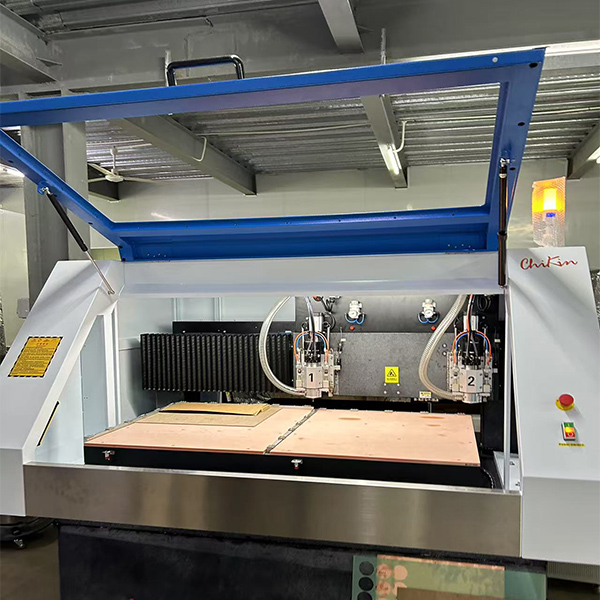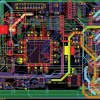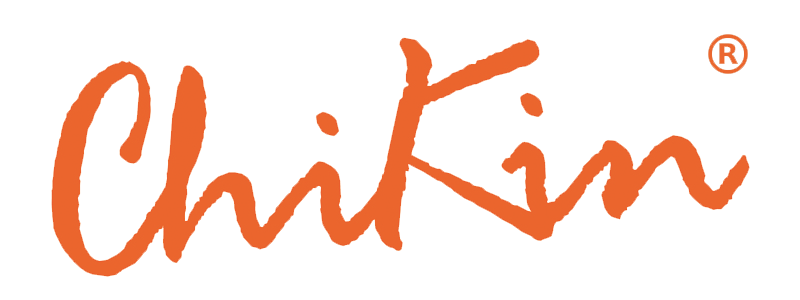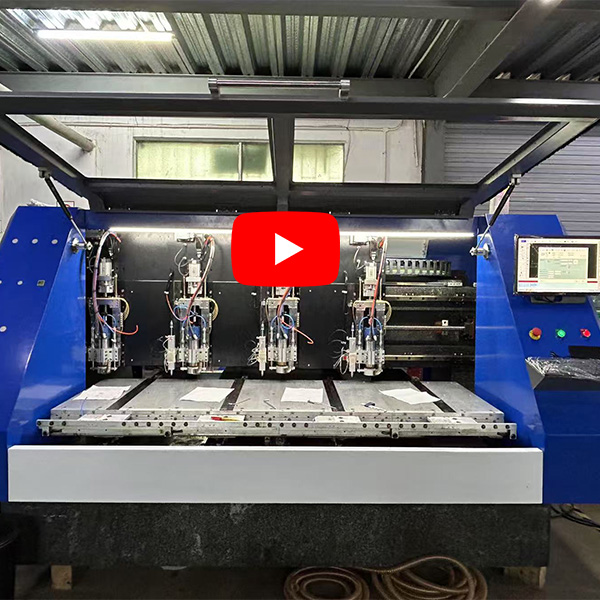The Differences Between CNC PCB Drill ing Machines and Standard CNC Drilling Machines
Apr 28, 2025
The Differences Between CNC PCB Drill
ing Machines and Standard CNC Drilling Machines
In today's era of precision manufacturing, CNC drilling machines play a pivotal role across a range of industries — from aerospace to consumer electronics. However, not all CNC drilling machines are created equal. Among the specialized variants, the CNC PCB (Printed Circuit Board) drilling machine stands out as a distinct category, tailored to the unique demands of PCB production.
In this article, we will explore the fundamental differences between CNC PCB drilling machines and standard CNC drilling machines. We will dive deep into their structures, operational principles, capabilities, and the reasons why a specialized PCB drilling machine is indispensable in the electronics industry.
1. Purpose and Application
Standard CNC Drilling Machines
Standard CNC drilling machines are designed for a wide variety of applications. They are used to drill holes into materials such as metal, wood, plastics, and composites. Industries like automotive, aerospace, construction, and furniture manufacturing rely heavily on these machines for producing parts and structures.
Typical tasks include:
-
Creating bolt holes in metal plates
-
Drilling precise holes in aircraft parts
-
Woodworking for furniture assembly
CNC PCB Drilling Machines
On the other hand, CNC PCB drilling machines are dedicated exclusively to PCB manufacturing. PCBs are the backbone of all electronic devices — from smartphones to industrial robots. A PCB drilling machine's primary purpose is to drill tiny, extremely precise holes (vias) in thin copper-clad laminate boards. These holes serve as electrical connections between different layers of the board or as mounting points for electronic components.
Because PCB holes can be as small as 0.1mm (even smaller with laser-assisted drilling) and must maintain perfect positional accuracy, the requirements for CNC PCB drilling are much more stringent.

2. Materials Handled
Standard CNC Drilling Machines
-
Metals (steel, aluminum, titanium)
-
Wood (softwood, hardwood)
-
Plastics (PVC, acrylic)
-
Composites (carbon fiber, fiberglass)
The materials are usually thick and dense, requiring machines with substantial torque and robust spindles to penetrate effectively.
CNC PCB Drilling Machines
-
FR-4 (Fiberglass-reinforced epoxy laminate)
-
CEM-1, CEM-3 (other composite PCB materials)
-
Polyimide (for flexible PCBs)
PCB substrates are relatively thin (usually 0.2mm to 3mm) and brittle. Drilling through them demands high-speed and low-force techniques to avoid delamination, cracking, or burring.
3. Drill Size and Tolerance
Standard CNC Drilling Machines
-
Hole sizes: From a few millimeters to several centimeters
-
Tolerances: ±0.1mm or more depending on the material and application
While these machines are precise, the level of precision is generally acceptable within a looser margin compared to electronics manufacturing.
CNC PCB Drilling Machines
-
Hole sizes: Typically from 0.1mm to 6mm
-
Tolerances: As tight as ±0.02mm or even better
PCB drilling demands extremely tight tolerances because even minor deviations can lead to defective electrical pathways, causing device failures.
4. Spindle Speed and Control
Standard CNC Drilling Machines
-
Spindle speeds: Typically 2,000 to 15,000 RPM
-
Focused more on torque rather than speed
-
Less critical speed control, broader variability
-
Spindle speeds: 80,000 to 200,000 RPM or even higher
-
Speed is essential for clean, burr-free, micro-diameter drilling
-
Advanced dynamic control of RPM based on drill size, material thickness, and temperature
PCB drilling spindles are air-bearing spindles (non-contact), allowing them to reach such high speeds while maintaining exceptional accuracy and minimal vibration.
5. Number of Spindles
Standard CNC Drilling Machines
-
Usually single-spindle setups
-
Focused on batch processing or single-part operations
CNC PCB Drilling Machines
-
Often multi-spindle setups (up to 6 spindles or more)
-
Designed for high throughput PCB production
-
Some models use auto tool changers to switch between drill bits of different sizes quickly and efficiently
Multiple spindles significantly improve production rates, which is crucial when manufacturing thousands of boards daily.
6. Fixture and Board Handling
Standard CNC Drilling Machines
-
Vices, clamps, or fixtures to hold parts
-
Manual loading/unloading in many setups
CNC PCB Drilling Machines
-
Specialized vacuum tables or pin tables
-
Automatic board loading systems for mass production
-
Highly sensitive fixture systems to prevent PCB warping or movement during drilling
Since PCB sheets are thin and delicate, the fixturing must be gentle yet secure to prevent any positional errors.
7. Tooling Differences
Standard CNC Drilling Machines
-
Drill bits are relatively large and robust
-
Replacements are done less frequently
CNC PCB Drilling Machines
-
Micro drills made of tungsten carbide
-
Frequent tool replacements due to tiny tool diameters and faster wear
-
Automatic tool wear compensation and breakage detection systems are often integrated
In PCB drilling, a broken drill or worn-out tool can render an entire batch unusable, making real-time monitoring essential.
8. Software and Programming
Standard CNC Drilling Machines
-
G-code based programming
-
CAM software for toolpath generation
CNC PCB Drilling Machines
-
Uses specialized PCB formats like Excellon or Gerber drill files
-
Software optimized for:
-
Drill optimization (shortest toolpaths)
-
Stack drilling (multiple boards at once)
-
Automatic correction for material shrinkage or warping
-
PCB drilling programs focus on speed, precision, and minimizing drill bit changes to boost efficiency.
9. Machine Structure and Build
Standard CNC Drilling Machines
-
Heavy-duty frames
-
Built for machining thick, heavy materials
-
Sturdiness prioritized over speed
CNC PCB Drilling Machines
-
Lightweight, highly rigid gantry or moving table designs
-
Emphasis on minimizing thermal expansion and vibrations
-
Smaller machine footprint compared to metalworking CNC machines
High thermal stability ensures that the drilling head maintains micron-level precision even after hours of continuous operation.
10. Cost and Investment
Standard CNC Drilling Machines
-
Costs vary widely depending on size, capability, and precision
-
Generally more affordable per machine, but less specialized
CNC PCB Drilling Machines
-
Much higher investment due to specialization
-
Advanced spindles, auto-loaders, and precision systems increase costs
-
However, ROI is justified through high-volume, high-precision PCB production
Recent Posts

October 26, 2016
The Most Successful Engineering Contractor
May 12, 2025
China PCB Drilling Routing machine Development
May 06, 2025
PCB Design Process and Key Points





